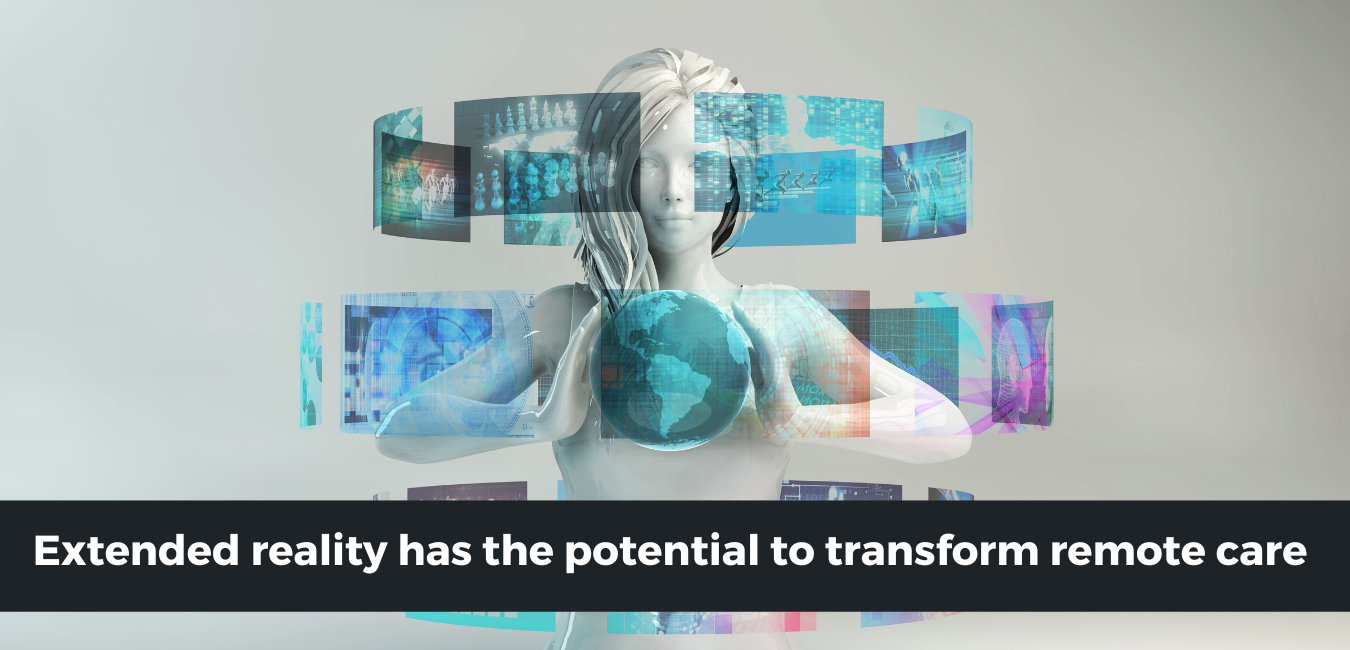The Healthcare Industry is Experiencing a Transition From Volume to Value: Unraveling The Facts!

The last few years have witnessed a significant change in consumer behavior. As a result, the healthcare industry is becoming more patient-centric as opposed to the traditional provider-focused model. And this is primarily the driving transformation and technological upgrades in the healthcare industry.
The industry is constantly expanding its reach and working on resolving current and future trends. For instance, better patient diagnosis and interpretation of data, the use of technology-enabled digital touchpoints to improve administrative efficiencies are some of the ways the industry is bringing in the concept of comfort and ease to enhance patient experiences.
But, what is a value-based care model? This article will help you understand every facet of value-based models and how it is helping the healthcare industry survive amidst the pandemic.
Let's begin!
Value-based Care: Transitioning into a Model Where The Customer is at the Center
The pandemic put undue pressure on the healthcare system. This led to a significant disruption in the continuity of care. If you go by the statistics shared by WHO, around 80 out of the 155 countries reported discontinuation of hypertension services. And approximately 78 countries reported a disruption in diabetes care.
Regardless of the country, developed or developing, everyone was feeling the heat. The systems were facing a considerable strain trying to "flatten the curve." But that's just one side of the coin.
On the other hand, the pandemic also impacted the perception towards healthcare providers. Without the availability of physical facilities, the patients became familiar with the concept of virtual delivery models.
So, if you say "value-based care," it primarily revolves around the patients and improving their treatment strategies using specific metrics like lower hospital readmissions, higher preventive care, and innovative technology for a streamlined process across all digital touchpoints.
This is why the demand for "value-based" models is increasing now. And experts suggest it will continue to grow in the coming years.
But what's driving the healthcare industry to adopt a value-based care model? Is it a pandemic alone? Let's find out now!
Drivers That's Propelling The Industry towards Value-based Healthcare Model
As we mentioned earlier, the healthcare industry faces some prominent challenges and trends that are triggering significant disruptions. But what's precisely driving the changes? Keep reading, and you'll find out!
- The increasing population size is increasing and is expected to rise at approximately 2 to 6.5% between 2020 and 2025. So, it's challenging to secure sustainable access to resources. And a value-based care model will help meet the demands of the aging population.
- The need for better management of chronic conditions is propelling the shift towards preventive measures, health management, and lifestyle modifications. This requires the availability of value-based care along with the patient's dedication towards their health.
- There must be a shift to integrate models that improve care coordination across all digital touchpoints. This will help the healthcare providers to reduce wastage and improve treatment outcomes.
- There is a higher demand for personalized care and experiences. Consumers are taking control of their health. So, they are demanding information to make better decisions.
Many surveys project an increase in healthcare expenditure to around $104 billion by 2022. This is why there is a need for a critical change in the care model to provide cost-effective plans.
In fact, some even suggest that with so much restructuring happening around, there is a higher chance that the healthcare industry will move towards an accountable care or health maintenance organizations model.
What's more?
Healthcare organizations are now innovating in different ways as a part of their value-based care model.
- Shared savings: In this, the organization gets paid using the conventional FFS model. But the outcome is measured by comparing it with a target. If the healthcare provider spends lower than it, they share the difference as a bonus.
- Bundles: Instead of paying separately to the hospital or for services, the payer settles in for a bundled payment for all services related to their specific condition, stay at a hospital, or more.
- Shared risk: When spending more than the target, the healthcare organization must repay the difference as a penalty.
- Global capitation: In this model, the organization gets per-person or per-month payments that will be used to pay for the care, regardless of what services they use.
Value-based Care- The Future is Here
While the systems might seem vague or flawed for now, surveys predict that all the personnel involved, like customers, healthcare providers, and insurance companies, need to be ready for this critical change.
Here are some real-world examples of the organizations that are already using it.
- OrthoChoice is a program used in Stockholm that uses a bundled pathway. This system allowed them to reduce the complications by 20%. And around 17% of the total cost declined per patient.
- The National University Health System (NUHS) uses value-driven outcomes by sharing data on quality and cost indicators with the professionals. This is helping them identify reasonable medical practices. Thus, allowing them to reduce costs and increase quality.
- NHS RightCare is using the QIPP program in the United Kingdom. They created data packs for a variety of chronic conditions for the providers. Thus, allowing them to spot improvements.
- Martini Klinik is a part of University Hospital Hamburg, known for being the world's largest center for prostate cancer. They created a value-based care system. They implement a unique compensation system where they offer bonuses as per the outcomes and unity.
Key Takeaways- Transitioning From Constant Appointment Delays to Being Available 24 Hours Virtually
Earlier everything was revolving around in-premise healthcare setups or services. But, the healthcare industry is gradually moving towards different measures that improve overall patient experiences. In other words, consumers will be at the centre of any delivery model, which wasn’t the case earlier.
Further, technological advancements and the surge in the changing patient behavior drive healthcare providers towards safety and improved efficiencies. Health solutions like EHRs, telehealth, AI, wearables, and others will become the foundation of digital awakening in the coming years.
Are you also looking forward to a myriad of changes in the healthcare industry?










